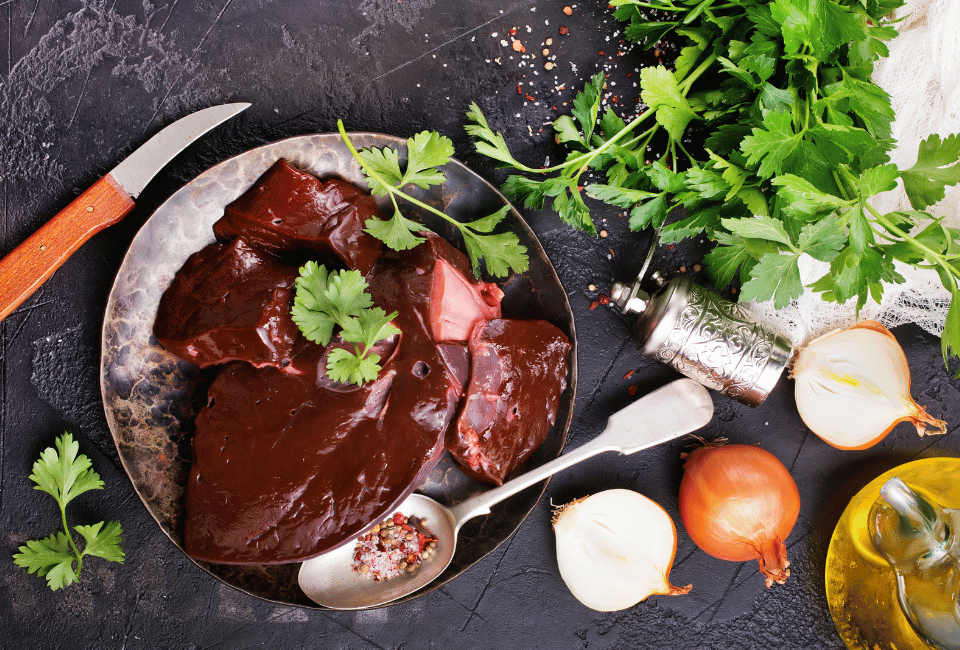
Did you know that just a tablespoon of chicken liver contains more iron than a whole cup of spinach? As a mom who’s navigated the exciting (and sometimes nerve-wracking!) journey of introducing solids, I’ve discovered that liver for babies is truly nature’s multivitamin.
Think of liver for babies as your little one’s nutritional insurance policy – packed with easily absorbed iron, vitamin A, B12, and all nine essential amino acids. While the idea of feeding liver for babies might seem unusual at first, I’m here to share why this nutrient powerhouse deserves a spot on your baby’s menu, and exactly how to serve it safely
Liver: A Nutritional Gold Mine for Your Baby
As a mom who’s researched starting solid foods extensively, I can tell you that liver is one of the most nutrient-rich foods you can offer your little one. It’s packed with iron – especially chicken liver, which contains a whopping 11.1 mg per 100g when cooked.
What makes liver special is its incredible vitamin content. Just 60-75g monthly gives your baby all the vitamin A they need. Plus, it’s loaded with B12, folate, zinc, and copper – nutrients that support healthy growth and brain development.
I found it interesting that actually, chicken liver for babies has more easily absorbed iron than beef liver, making it my top choice for preventing iron deficiency in babies. When introducing liver, you’ll only need small amounts – about 1-2 tablespoons of puree weekly is plenty to give your baby these amazing benefits.
Nutritional Benefits of Liver for Babies
If you’re looking to give your baby the best start, liver packs quite a nutritional punch. A single serving of chicken liver offers 11.1 mg of iron per 100g – that’s more than enough to help prevent iron-deficiency anemia, which affects many babies during their first year.
The vitamin content in liver is equally impressive. Your baby gets vitamin A for healthy vision, vitamin D for strong bones, and B vitamins for brain growth. What I love about liver is that it contains all nine essential amino acids, making it a complete protein source for your growing little one.
When picking between options, I recommend chicken liver over beef liver. It’s easier for babies to digest, and the iron is more readily available for their bodies to use. Just remember, small portions are key – think 1-2 tablespoons of puree per week.
Click here to learn more about iron-rich foods for your baby.
When and How to Introduce Liver to Babies
Starting your baby on liver is easier than you might think! You can begin offering it when your little one reaches 6 months old and shows signs they’re ready for solid foods. Watch for cues like sitting up without support and showing interest in what you’re eating.
I always tell parents to start with tiny amounts – just a teaspoon of pureed liver mixed with familiar foods. This helps you spot any allergic reactions and lets your baby get used to the new taste. My favorite trick is adding it to sweet potato puree or mixing it into well-cooked oatmeal.
Keep in mind that serving liver once a week is plenty. I suggest starting with chicken liver since it’s gentler on tiny tummies. Remember to cook it thoroughly and wait 3-4 days before introducing other new foods to your baby’s menu.
Safe Preparation Methods for Lever
Safety comes first when preparing liver for your baby! I always freeze liver for 14 days before using it – this simple step helps get rid of any harmful bacteria. After freezing, I grate the liver while it’s still frozen (it’s much easier this way!) and store it in small portions.
When cooking liver for your little one, make sure it’s thoroughly cooked through with no pink parts left. I like to cook it until it reaches 165°F (74°C) – a meat thermometer is super helpful here.
My go-to method is to puree cooked liver with breast milk or formula until smooth. You can freeze the puree in ice cube trays to be used for easy baby purees later on. Remember to thaw frozen liver cubes in the fridge overnight, never on the counter. I always toss any leftover thawed liver that isn’t eaten within 24 hours.
Serving Liver to Babies
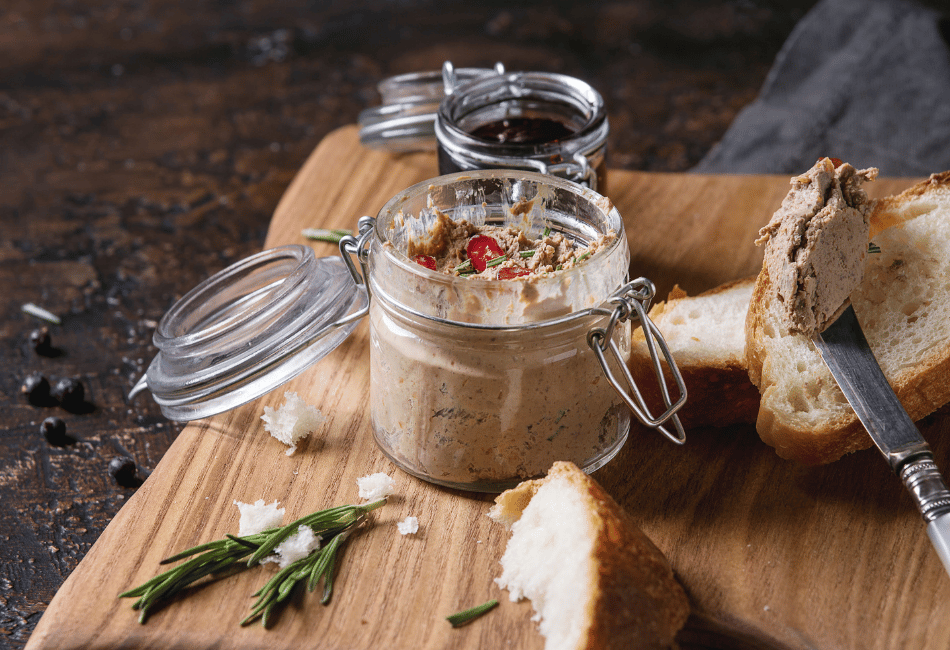
Looking for ways to make liver more baby-friendly? I’ve found some tricks that work! Try blending cooked liver with pineapple juice or beetroot – the natural sweetness helps balance the strong flavor. For older babies working on their pincer grasp, I recommend mixing small pieces of cooked liver into mashed potatoes or sweet potato puree. Alternatively, you can make a tasty liver pâté.
My favorite method is adding grated frozen liver to morning porridge or yogurt. The frozen texture makes it nearly undetectable! You can also mix it into scrambled eggs or stir it into other favorite purees.
Here’s a simple recipe: Blend 1 tablespoon of cooked chicken liver with 2 tablespoons of apple sauce and a splash of breast milk. The apple’s sweetness makes this combo a hit with my little ones! Just remember to serve liver at room temperature – babies often prefer it this way.
Recommended Serving Sizes and Frequency
When it comes to feeding liver to your baby, less is more! For babies 6-12 months old, I suggest sticking to 1-2 tablespoons of pureed chicken liver per week. If you’re using beef liver, reduce this to 1 tablespoon weekly since it’s more concentrated in nutrients.
I always remind parents that liver’s high vitamin A content means we need to be careful with portions. Too much vitamin A can be harmful, so it’s best to space out liver meals. I like to serve it once a week, usually mixed with other foods my baby enjoys.
For older babies (12+ months), you can maintain the same portion size but might serve it differently – perhaps as tiny pieces mixed into other dishes. Just keep track of how much your little one’s eating to stay within safe limits.
Potential Concerns and Precautions
While liver is incredibly nutritious for babies, I always tell parents to watch their little one’s intake. Since liver is super-rich in vitamin A, too much can lead to vitamin A toxicity. Signs to watch for include bulging fontanel (soft spot), irritability, and skin changes.
Liver can also trigger allergic reactions in some babies. As with any new food, keep an eye out for symptoms like rashes, vomiting, or changes in breathing after feeding. I suggest waiting 3-4 days between introducing liver to identify any sensitivities clearly.
To stay on the safe side, get your liver from trusted sources – ideally organic or free-range. Store it properly and remember to freeze it for 14 days before using. When in doubt about reactions or portion sizes, check with your pediatrician. They’ll help you figure out what’s best for your baby’s unique needs.
Alternative Liver Sources
When choosing liver for your baby, it’s good to know your options! Chicken liver stands out as my top pick – it has iron that’s easier for tiny bodies to absorb compared to beef liver. I’ve found that many babies also prefer its milder taste.
If you want to mix things up, other organ meats like lamb liver or pork liver work too. Each type brings something different to the table – lamb liver tends to be richer in iron rich foods, while pork liver packs more B vitamins. Just keep the serving sizes the same as you would with chicken liver.
Don’t forget about kidneys and heart – these organ meats also offer great nutrition for babies. I like to rotate between different types to give my little one a variety of nutrients. Remember though, chicken liver remains the gentlest option for starting out.
Storage Tips for Fresh and Cooked Liver
Proper storage is key to keeping liver safe and nutritious for your baby! I always freeze raw liver right after buying it – this keeps it fresh and helps kill any harmful bacteria. Cut it into small portions before freezing, so you can take out just what you need.
For cooked liver, I pour pureed portions into ice cube trays. Each cube is about one tablespoon – perfect for baby first purees! Once frozen, pop them out and store in freezer bags labeled with the date. These cubes stay good for up to three months.
When you’re ready to use frozen liver, thaw it overnight in the fridge, never on the counter. Use thawed raw liver within 24 hours, and cooked liver within 2 days. I always toss any leftover puree from my baby’s bowl – it’s not worth the risk of bacterial growth.
FAQ About Liver for Babies
My inbox often fills up with questions about feeding liver to babies, so let me answer the most common ones!
Q1: Is liver safe for my 6-month-old?
A1: Yes! When properly prepared and served in appropriate portions, liver is safe and super nutritious for starting solid foods. Just make sure to cook it thoroughly and freeze it first for 14 days.
Q2: How often should I give liver to my baby
A2: Liver can be a highly nutritious addition to your baby’s diet, but it should be given in moderation. For babies 6 months and older, offering liver about once a week is generally recommended. This ensures they get the benefits of its nutrients, like iron and vitamin A, without overloading on certain vitamins, such as vitamin A, which can be harmful in excess.
Q3: What’s the best type of liver for babies?
A3: The best type of liver for babies is chicken liver or beef liver. Both are nutrient-dense and rich in essential vitamins and minerals, like iron, vitamin A, and B12, which are vital for your baby’s development.
Q4: Will my baby get too much vitamin A?
A4: Not if you stick to the recommended portions. One serving per week provides healthy amounts without risking vitamin A overload.
Q5: How should I store leftover liver?
A5: Pop pureed liver into ice cube trays, freeze, then transfer to freezer bags. Use within three months for the best quality.
Final Thoughts on Feeding Liver to Your Baby
Introducing liver to your baby’s diet is one of the most impactful nutritional decisions you can make during their first year. With its impressive iron content, complete protein profile, and wealth of essential vitamins, liver truly stands out as a superfood for developing babies.
Remember, success lies in starting small, being consistent, and making it enjoyable. Whether you choose to blend it with sweet potatoes or hide it in morning porridge, incorporating liver once a week can give your baby an incredible nutritional boost. Just stick to the recommended portions, follow proper storage guidelines, and watch your little one thrive!



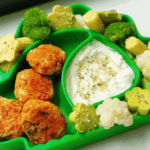









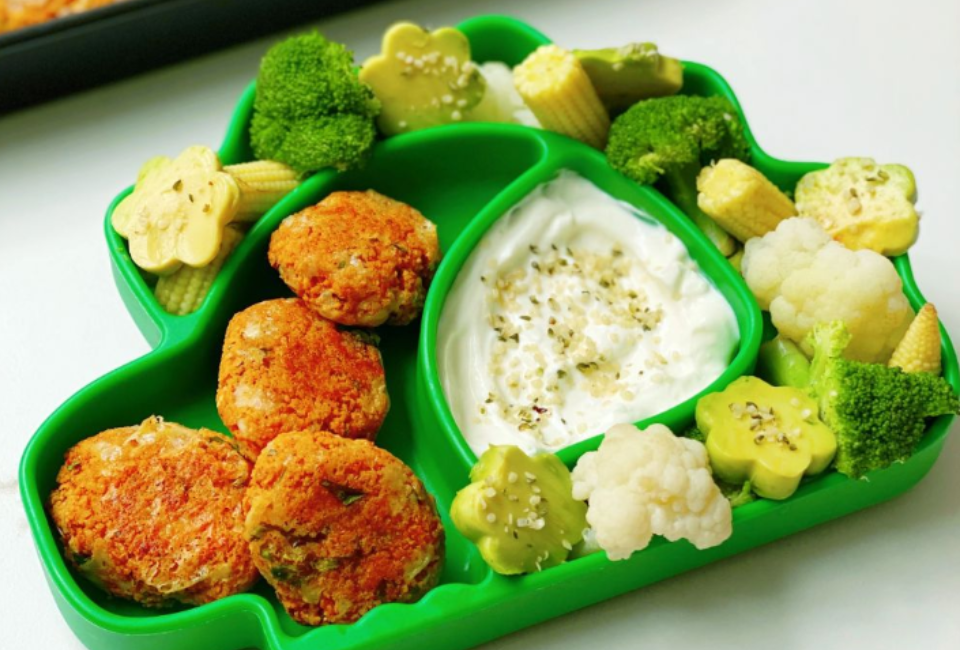
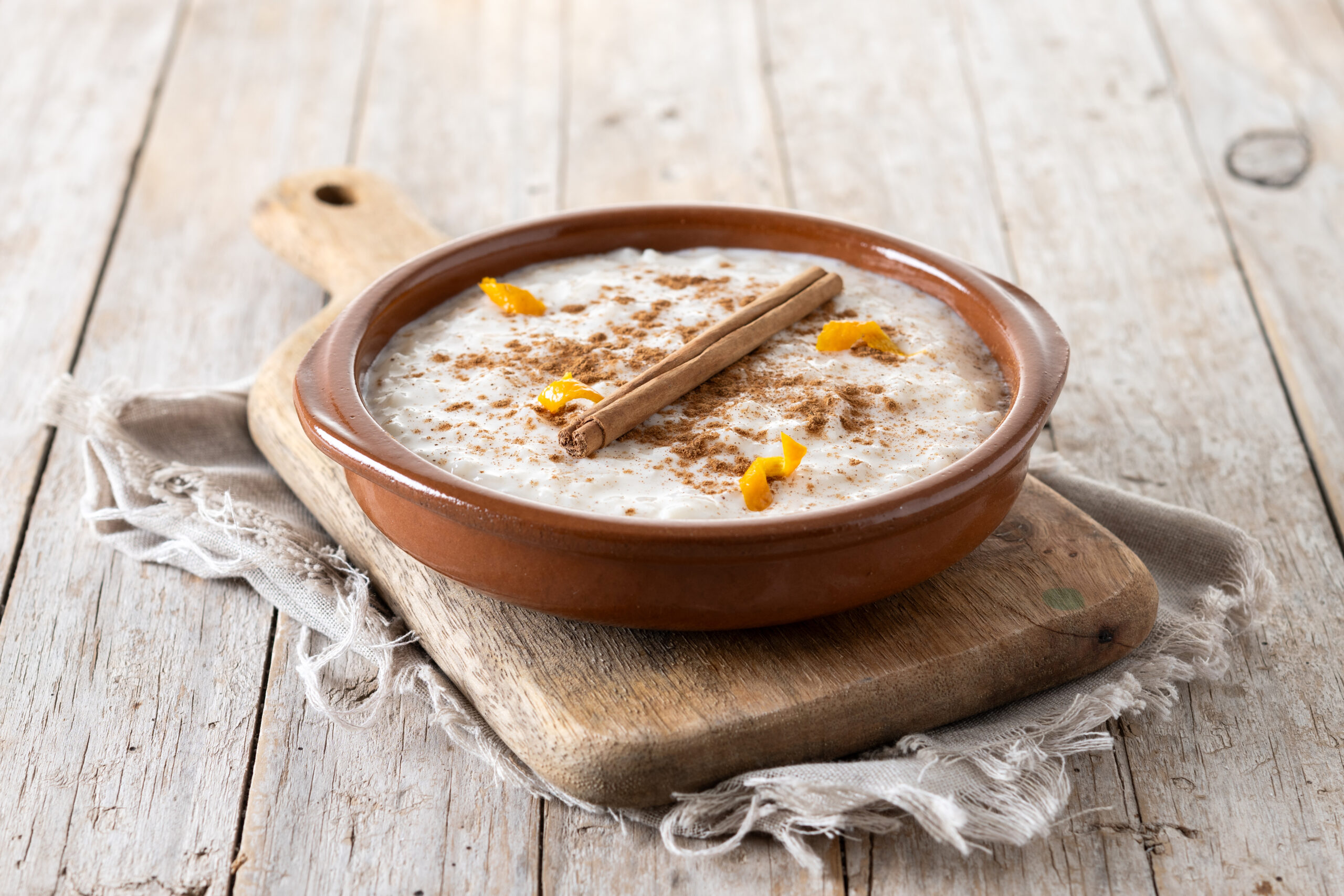
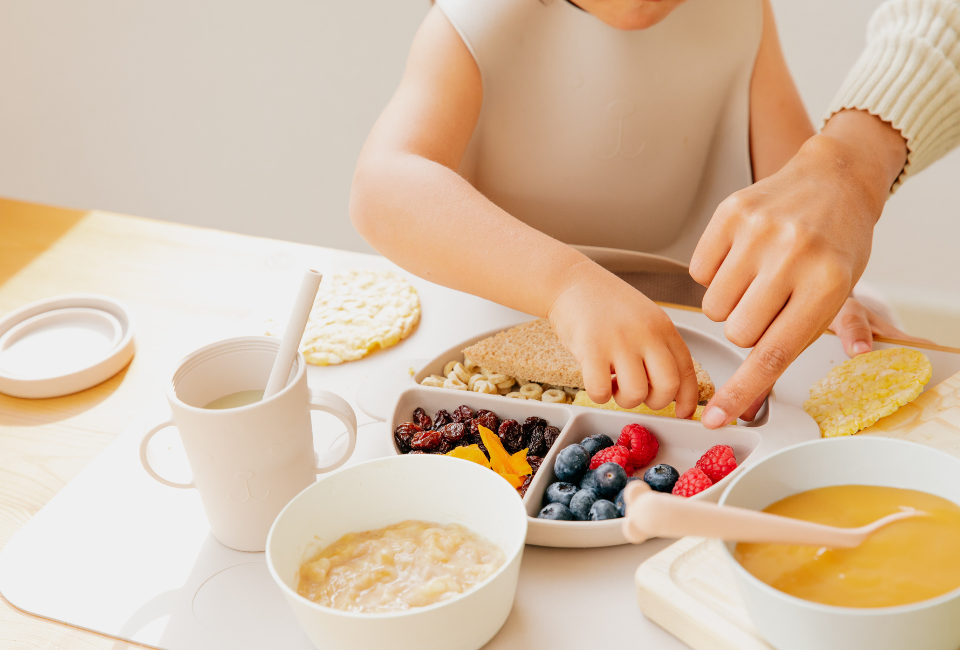
Leave a Reply